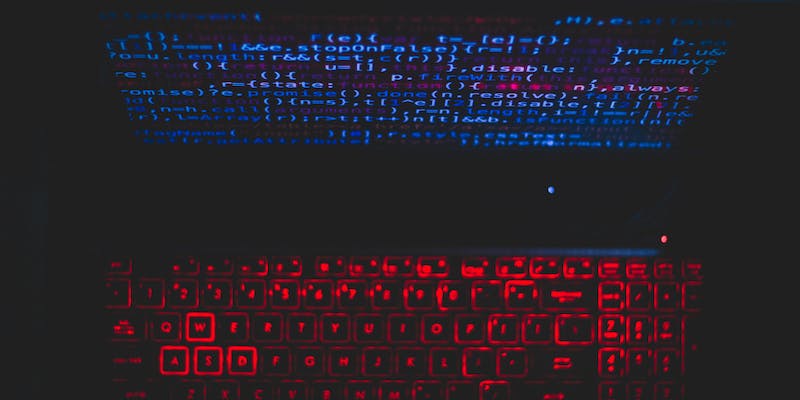The prevalence of ransomware attacks in the UK has reached alarming levels, with devastating effects on businesses. This article explores how these cyber-attacks have not only compromised data and disrupted operations but also forced companies to significantly increase their prices, exacerbating the already high inflation.
Effects of Ransomware Attacks on Business Prices
The impact of ransomware attacks on businesses is not just limited to data breaches. Large companies, in particular, have been hit hardest by the financial consequences of these attacks, as they are often forced to raise costs to customers in an effort to mitigate the damages. A recent study revealed that many businesses had to increase their prices by an average of 17% following a ransomware attack. This additional financial burden has contributed to the inflationary pressure already facing the UK economy.
Moreover, surprisingly, over a fifth of the surveyed businesses admitted that they had no choice but to increase their prices by a significant 21-30% after falling victim to ransomware compromises. The ability to maintain pre-attack pricing was rare, with just 1% of companies managing to keep their prices unaffected in the aftermath of a ransomware attack.
Widespread impact of ransomware attacks
The scope of ransomware attacks in the UK is staggering. According to Veeam, a prominent cybersecurity company, an alarming 75% of UK firms fell victim to ransomware attacks last year. This widespread targeting has left a trail of disruption, both in terms of operations and employment. In fact, 78% of the businesses affected reported reducing staff numbers following a ransomware incident.
Financial strains resulting from ransomware attacks also compelled businesses to make significant cuts in operating costs, with nearly half of the surveyed organizations having to reduce their expenses by an average of 17%. These cost-cutting measures further increased the burden on businesses and undoubtedly impacted the quality of products and services they offer.
Financial vulnerability and long-term consequences
The detrimental consequences of ransomware attacks extend beyond immediate financial strain. A survey conducted among directors revealed that a staggering 70% fear that another security breach could force their businesses to shut down permanently. This apprehension speaks volumes about the financial vulnerability of businesses that have fallen victim to ransomware attacks.
Furthermore, the long-term impacts of such attacks are evident in the high rate of organizations that have struggled to survive after being targeted by ransomware. According to respondents, 78% of them have observed that a previous organization they worked for couldn’t withstand the aftermath of a ransomware attack and went bankrupt within a year. These findings emphasize the critical need for businesses to prioritize robust cybersecurity measures and fortify their defense against malicious cyber threats.
Recovery Time and the Road Ahead
Recovering from a ransomware attack is an arduous and time-consuming process for businesses. On average, organizations surveyed required two months to fully recover following a cyber-attack. Complicating matters further, 16% of the respondents reported recovery periods between three to six months. The significant duration of recovery further highlights the severity and extent of the damages incurred by businesses following a ransomware incident.
The increasing ransomware epidemic is causing substantial damage to UK businesses, not only through data breaches and operational disruptions but also through significant price hikes and financial vulnerability. With a majority of companies forced to increase their prices, cut staff, and reduce operating costs, the impact extends beyond individual businesses and adds to the already soaring inflation plaguing the economy.
To weather the growing storm of cyber threats, it is crucial for businesses to prioritize investment in robust security measures. This includes proactive cybersecurity strategies, employee awareness and training programs, and regular system backups to minimize the risk and potential damages of ransomware attacks. Only by taking a proactive approach can businesses hope to safeguard their operations, finances, and reputation from the relentless onslaught of ransomware attacks.

